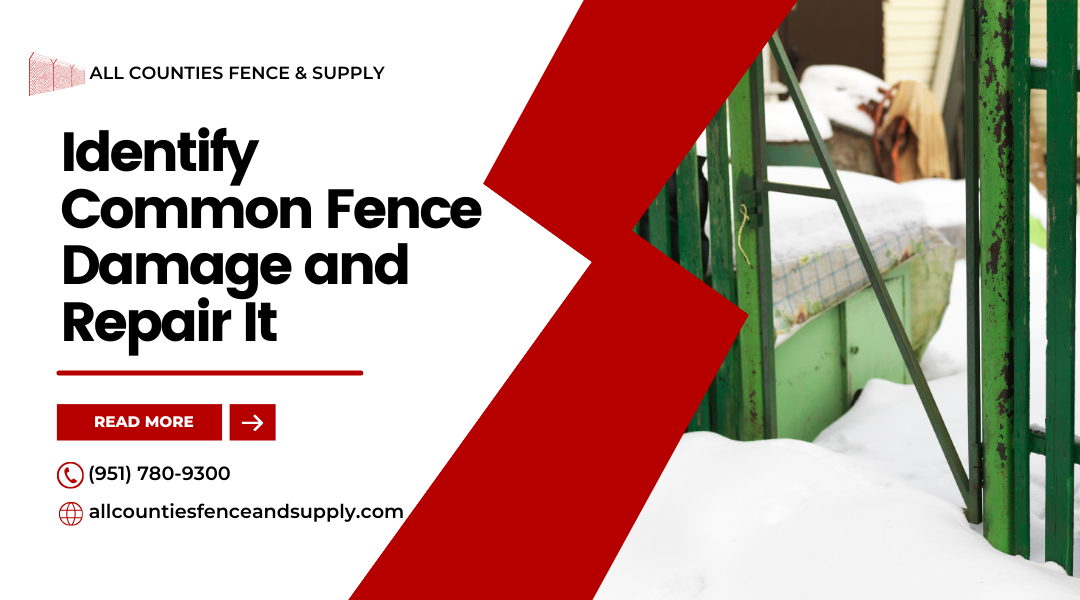Assessing and repairing damage to your fence can seem daunting, but it’s essential for maintaining the safety and appearance of your property. A well-maintained fence not only enhances your home’s curb appeal but also provides security and privacy. Whether you’re dealing with minor wear and tear or significant damage from the elements, knowing how to evaluate the condition of your fence is key.
Start by walking around your property and closely inspecting the fence for any signs of damage. Look for loose boards, rust stains, or leaning sections. Identifying these issues early can help you tackle repairs before they worsen. You can often fix minor problems yourself, but understanding when to call in professionals can save you time and money.
Choosing a reliable fence contractor like All Counties Fence & Supply in Riverside ensures that your repair needs are handled expertly. They can provide guidance on the best materials for repairs and enhance the overall durability of your fence. By being proactive about fence maintenance and repairs, you maintain not only your property’s value but also its charm.
Why Regular Fence Inspections Are Crucial
Regular inspections of your fence can save you time and money. Identifying problems early ensures your property remains secure and maintains its value.
The Impact of Damaged Fences on Property Value and Security
A damaged fence can significantly affect your property value. When potential buyers see a fence in disrepair, they may view the entire property as neglected. This negative perception can lead to lower offers or even deter buyers altogether.
Additionally, a compromised fence can jeopardize your security. Gaps, holes, or leaning sections can allow intruders to enter your yard, putting your property and family at risk. Ensuring your fence is in good condition helps maintain a safe environment.
Avoiding Costly Repairs with Early Detection
Finding damage early can help you avoid expensive repairs later. Small issues, like loose boards or rusted metal, can be fixed easily and affordably. If left unchecked, these minor problems can escalate into significant repairs that require more time and money.
Regular inspections can reveal issues before they worsen. Taking action quickly can save you from a larger repair bill down the line. Ensure you schedule inspections at least once a year to catch potential problems early. Keeping your fence well-maintained helps you avoid unnecessary costs.
How to Inspect Your Fence for Damage
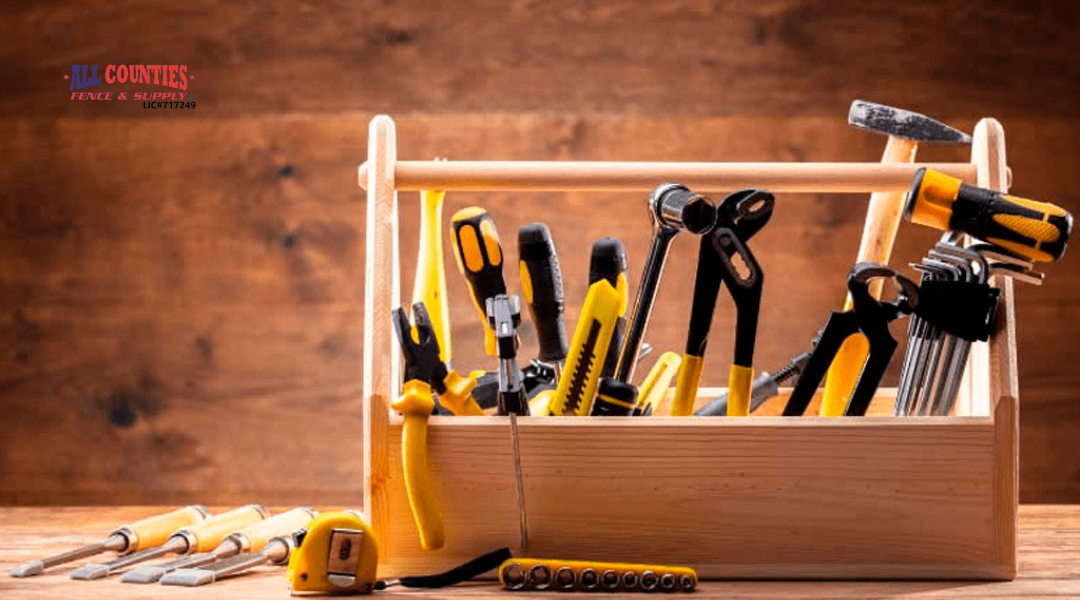
Regularly inspecting your fence is key to maintaining its integrity. Knowing what to look for and having the right tools will help you identify any issues before they become serious problems.
Visual Inspection: What to Look For
Begin by walking along the entire length of your fence. Look for visible signs of wear, such as cracks, warps, or discoloration. Pay attention to the posts and panels, as these areas endure the most stress. Areas close to the ground might show signs of rotting or insect damage.
Check for rust or corrosion on metal fences. Ensure that gates open and close smoothly, as misalignments can signal hidden damage. Also, inspect for loose nails or screws, which might require tightening or replacement. It’s helpful to jot down any issues you notice, as this will be useful for planning repairs.
Tools You’ll Need for a Thorough Inspection
To conduct a thorough inspection, gather a few essential tools. A flashlight is useful for checking dark or shadowy areas beneath the fence. Keep a tape measure on hand to measure gaps or spaces that need attention.
A screwdriver can help you check for loose hardware, while a level will ensure your panels are straight. If you’re inspecting a wood fence, a knife or chisel can help test for rot by scraping away the surface. Having these tools ready will make your inspection more effective and efficient.
Common Types of Fence Damage to Watch Out For
Fences can suffer from various types of damage. Wooden fences may face rot or insect infestations, particularly if they are not properly treated. Look for discoloration, soft spots, or signs of termites.
Metal fences often face rust or corrosion, especially in areas with poor drainage. Inspect the base for signs of decay and make sure the structure is not leaning or unstable. Additionally, vinyl fences can become brittle with age or exposure to extreme temperatures, leading to cracks.
Take note of any damaged sections in your fence, and prioritize repairs based on the severity of the damage observed. Keeping a regular maintenance schedule can prevent many common issues from becoming more significant problems.
How to Repair Common Fence Damages
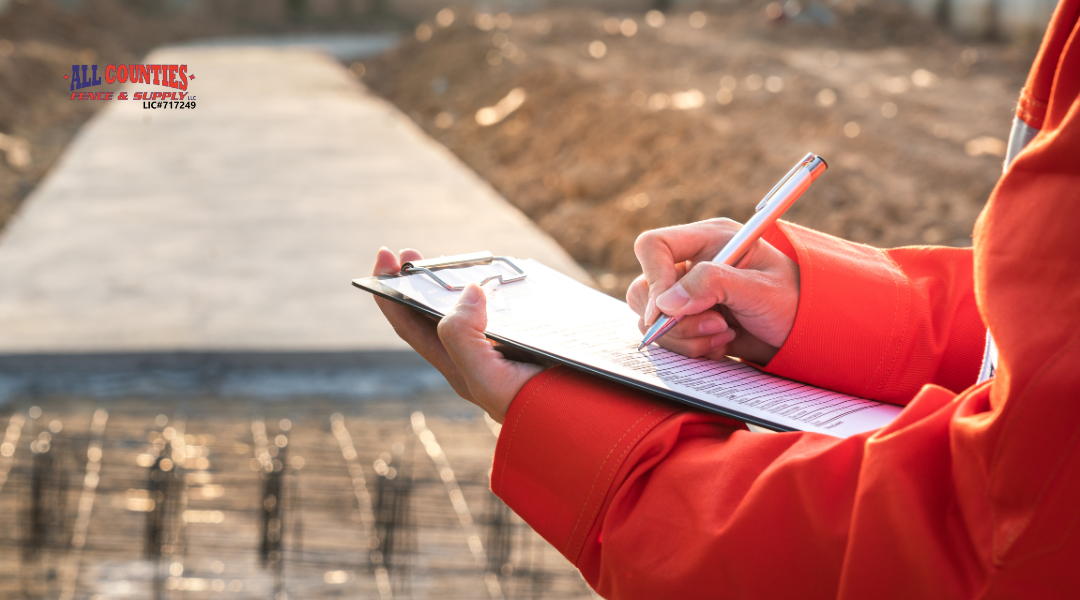
Repairing damages to your fence is essential for maintaining its durability and appearance. Understanding the specific needs of different fence materials is important. Each type requires distinct methods to ensure a proper repair.
Fixing Wood Fences: Easy Steps for Quick Repair
For wood fences, start by identifying the damaged areas. Look for holes or splintered boards. If a board is warped or damaged, you can replace it. Remove the damaged board using a pry bar and replace it with a new one of the same size. Secure it with galvanized nails to prevent rust.
For smaller holes, wood fillers can work well. Clean the area first, then apply the filler and smooth it out with a putty knife. Allow it to dry, and then sand it down until it is even with the rest of the fence. Finally, stain or paint the repaired area to match the rest of the fence.
Vinyl Fencing: How to Address Cracks and Fading
Vinyl fences are worth repairing if you spot cracks. Begin by cleaning the cracked area with soap and water. A gentle scrub will remove dirt and debris. For small cracks, use a vinyl repair kit. Follow the manufacturer’s instructions to apply the adhesive.
To deal with fading, consider using a vinyl-safe paint to refresh the color. Wash the fence to prepare it for painting. After it dries, apply a thin layer of the paint, using a roller for an even finish. This not only addresses aesthetics but also adds a layer of protection from UV rays.
Iron and Chain-Link Fences: Repairing Rust and Broken Links
Iron and chain-link fences often face rust issues. To repair rusted areas, start by removing any loose rust with a wire brush. After cleaning, apply a rust-inhibiting primer. Once dry, paint the area with a weather-resistant exterior paint.
If you have broken links in a chain-link fence, you can repair them by replacing the damaged section. Cut out the broken part using wire cutters. Measure and cut a new piece of chain-link to replace it. Use steel wire to connect it securely to the existing links, ensuring a tight fit to maintain strength.
Using these methods, you can effectively repair common damages to your fence. Keeping your fence in good condition contributes to the appearance and value of your property.
When to DIY vs. Call a Professional Fence Contractor
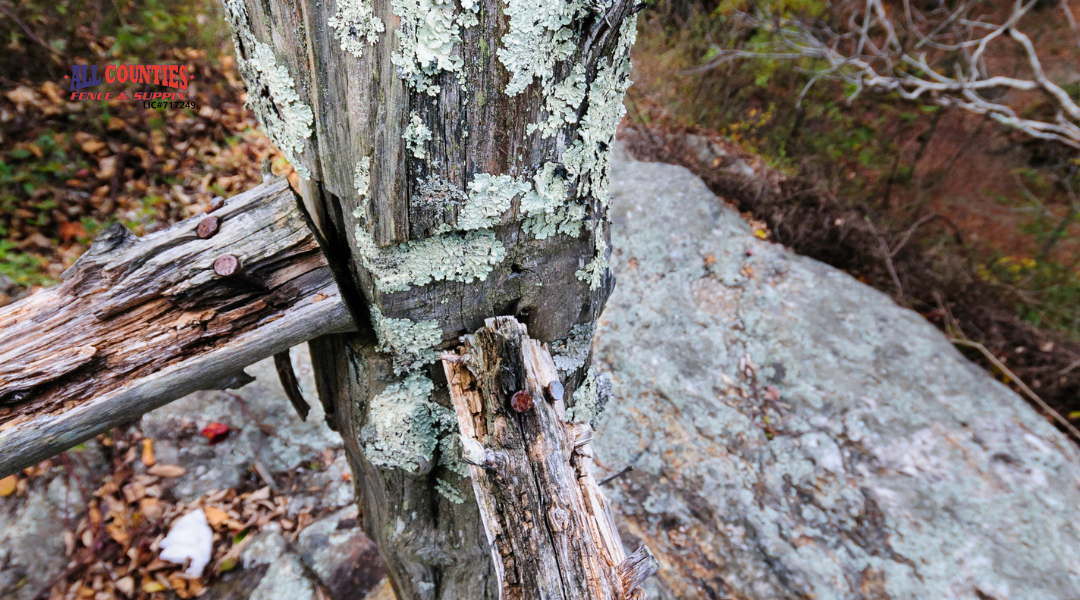
Deciding whether to handle fence repairs yourself or hire a professional can be challenging. Understanding the scope of the damage and your skill level is essential to making the right choice.
Simple Repairs You Can Handle Yourself
Many minor repairs can be done without professional help. These tasks often include:
- Replacing loose or missing nails or screws: Check for any fasteners that are not holding properly and replace them.
- Fixing small holes or cracks: Use wood filler or repair kits for wooden fences to easily fill in minor damages.
- Repainting or restaining: Freshening up the finish on your fence can be a simple weekend project.
Make sure to gather the right tools before starting, including a hammer, screwdriver, and paint or stain. Take your time, and always prioritize safety. If the repair looks straightforward and you feel comfortable, it might be best to DIY.
Knowing When to Hire a Professional
Other situations clearly require professional help. If you experience any of the following, consider calling a fence contractor:
- Significant structural damage: Large cracks, leaning panels, or broken posts may compromise the fence’s stability.
- Extensive wood rot or rust: If the damage is widespread, it may be better to replace sections instead of repairing them.
- Regulatory or code compliance issues: Certain repairs may need permits or must meet local guidelines which professionals are more familiar with.
Hiring a skilled contractor ensures your fence is repaired safely and effectively. They have the training and tools to complete jobs that are beyond basic repairs, saving you time and potential future costs.
Expert Tips for Maintaining Your Fence in Riverside, CA
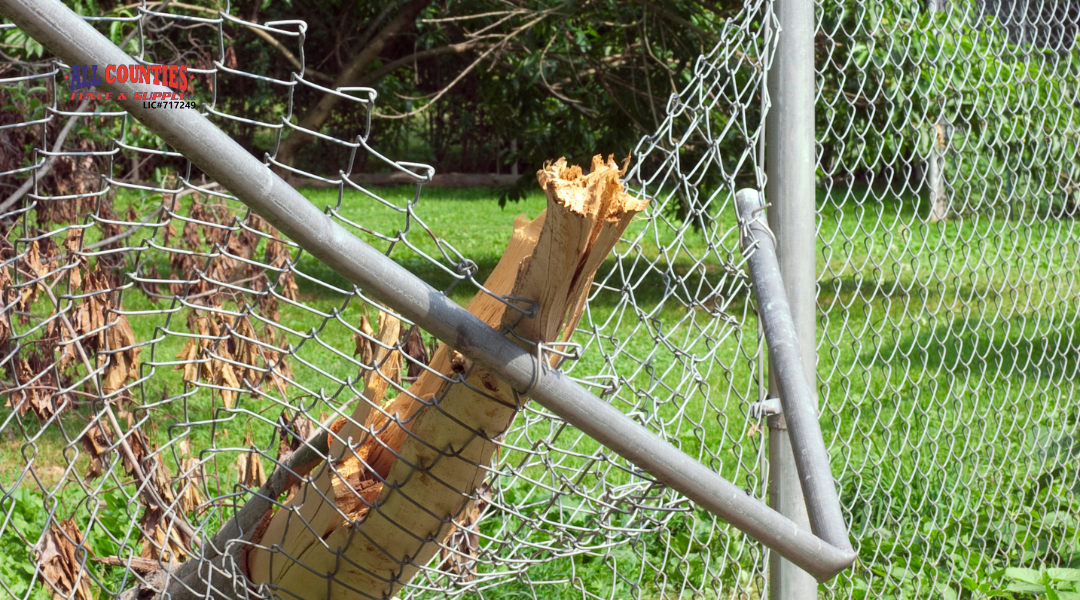
Taking care of your fence is crucial to ensure its longevity and appearance. By following specific maintenance steps, you can effectively protect it from weather conditions, extend its life, and prevent common issues.
Preparing Your Fence for Extreme Weather Conditions
Riverside can experience strong winds and heavy rain, which may damage your fence. Before severe weather hits, check for loose panels or posts. Tighten any screws or nails that may have come loose.
For wood fences, consider applying a weather-resistant sealant. This will help prevent moisture absorption, which can lead to rot. If your fence is metal, clean off any rust and apply a protective coating.
Additionally, trimming back any nearby trees or shrubs can reduce the risk of branches damaging your fence during storms.
Prolonging the Life of Your Fence with Regular Care
Routine maintenance is key to a long-lasting fence. Start by cleaning your fence every few months. Use a mild detergent and water solution to remove dirt and grime.
Inspect your fence regularly for signs of wear, like cracks, rust, or split wood. Early detection helps you address issues before they worsen.
Make sure to keep the area around your fence clear of debris. This will reduce moisture buildup and deter pests that could harm the structure.
Applying paint or stain every few years will not only enhance the beauty of your fence but also provide an extra layer of protection against the elements.
Preventative Measures to Avoid Common Fence Problems
You can avoid many common fence problems by taking proactive steps. First, consider adding gravel or mulch around the base. This improves drainage and reduces the risk of wood rot.
Ensure your fence gates are properly aligned and lubricate hinges regularly to prevent sticking.
Using quality materials during installation also reduces future issues. For wood fences, choose treated wood, which resists decay and insect damage.
Finally, consider the vegetation around your fence. Planting shrubs or flowers too close can create moisture issues and attract pests. Space them out to give your fence more breathing room.
Conclusion
Assessing and repairing damage to your fence is important for maintaining safety and aesthetics. Regular checks can help you spot issues early.
Key Steps to Follow:
- Inspect the Fence: Look for signs of wear, rot, or damage. Check posts and panels closely.
- Evaluate the Damage: Determine if the damage is minor or severe. This can affect your repair approach.
- Decide on Repairs: Choose to either fix the damage yourself or hire a professional.
For minor repairs, you might only need tools like nails, screws, or wood glue. If the structure is compromised, consider calling a specialist like All Counties Fence & Supply.
Remember, a well-maintained fence enhances your property’s value. It also provides security and privacy. Don’t wait too long to address issues, as neglect may lead to larger problems.
After repairs, consider applying protective treatments to ensure longevity. Regular maintenance checks can save you money and effort in the long run. Always prioritize safety during inspections and repairs.

